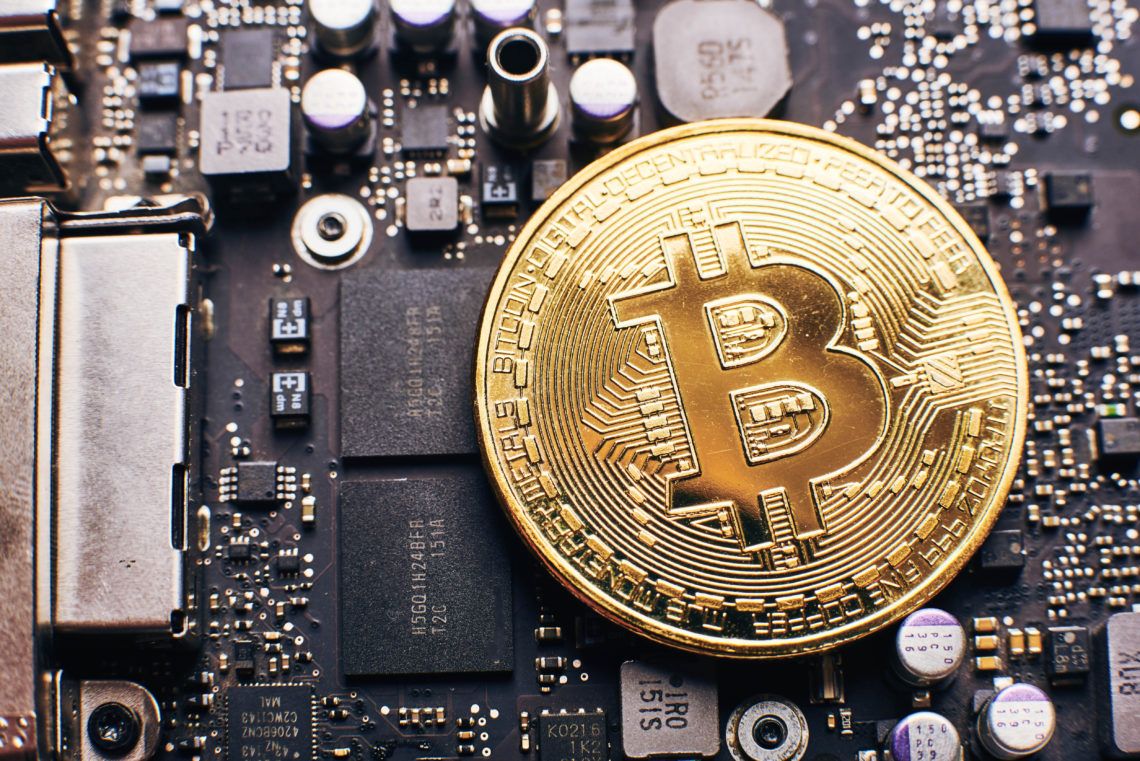The Raspberry Pi Foundation has launched the fourth major revision of its single board computer, the Raspberry Pi 4. This refreshed credit card-sized computing device introduces many long-awaited improvements, including Gigabit Ethernet, dual-band 802.11 WiFi, USB 3.0 ports, and optional memory choices.
At a mere $35, the starting price of the new board remains unchanged when compared to its predecessor. This means that the already popular Raspberry Pi platform has become an even more attractive starting point for those foraying into hosting a Bitcoin full node for the very first time.
The Pi 4: A Crypto Owner’s Dream?
The Raspberry Pi project is spearheaded by a UK-based nonprofit that aims to promote basic computer science and literacy at an affordable price point. Much like a typical computer, every single consumer iteration of the Raspberry Pi is capable of running a full Linux desktop, general purpose applications and even games such as Minecraft. However, the platform’s popularity outside the target market has exploded in recent years, and is now promoted by everyone from electronics hobbyists to cryptocurrency enthusiasts.
For the uninitiated, a full node enforces the rules of a particular cryptocurrency by fully validating new blocks and transactions. Running a fully functioning node contributes to the strength of the network and ensures that block verification remains decentralized. Needless to say, however, the vast majority of cryptocurrency users do not run a full node in their homes. While there are currently millions of Bitcoin wallets in existence, a mere 10,000 nodes are currently servicing the Bitcoin network.
Even though running a full node does not provide a user with any financial incentive, there are many non-altruistic reasons for installing one. Unlike lightweight desktop wallets, a full node eliminates the reliance on third-party servers and service providers. This guarantees user privacy and ensures that the transaction remains unaltered throughout the broadcasting process.
Many users choose to install full node software on a Raspberry Pi simply because the barrier for entry is much lower. At a mere $35 for the board and $20-50 for storage and other peripherals, the Raspberry Pi family of devices are quite inexpensive. Operating costs are also extremely minimal, with the maximum power consumption of the Pi 4 clocking in at around 10 to 15 Watts. Getting started requires relatively little technical knowledge, with detailed guides on the subject available freely on the internet.
New Possibilities
While previous iterations of the Raspberry Pi have demonstrably run full node software all the way back to the Pi 2, the initial setup process would take significantly longer than on a typical computer. This was largely due to bottle-necking at either the I/O, CPU or network level. With the Pi 4, however, all of those have been beefed up significantly. The inclusion of USB 3.0 and Gigabit Ethernet, in particular, should improve the setup experience. Furthermore, the added CPU horsepower and optional 2 or 4GB memory means that the Pi 4 can simultaneously serve as a Lightning Network node as well.
The Raspberry Pi 4 is not limited to basic web browsing or even running a Bitcoin or Ethereum full node. According to a report by TechRepublic, an 18-board Pi 4 cluster was sufficient to host a significant portion of the official Raspberry Pi website, even on the day of the launch and during peak traffic. According to the ISP responsible for hosting the website, the cluster served several million requests, while consuming no more than 100W of power.
The Raspberry Pi 4 comes with a host of additional improvements as well, including the ability to power dual 4K monitors, a faster and more powerful GPU, and support for additional communication interfaces such as I2C and UART. While these features do not directly contribute to the performance of a full node in particular, they certainly go a long way towards the Foundation’s goal of delivering a more PC-like experience for the masses.
Do you think the Raspberry Pi 4 is a good way to get started with running a cryptocurrency full node? Let us know your thoughts in the comments below.



